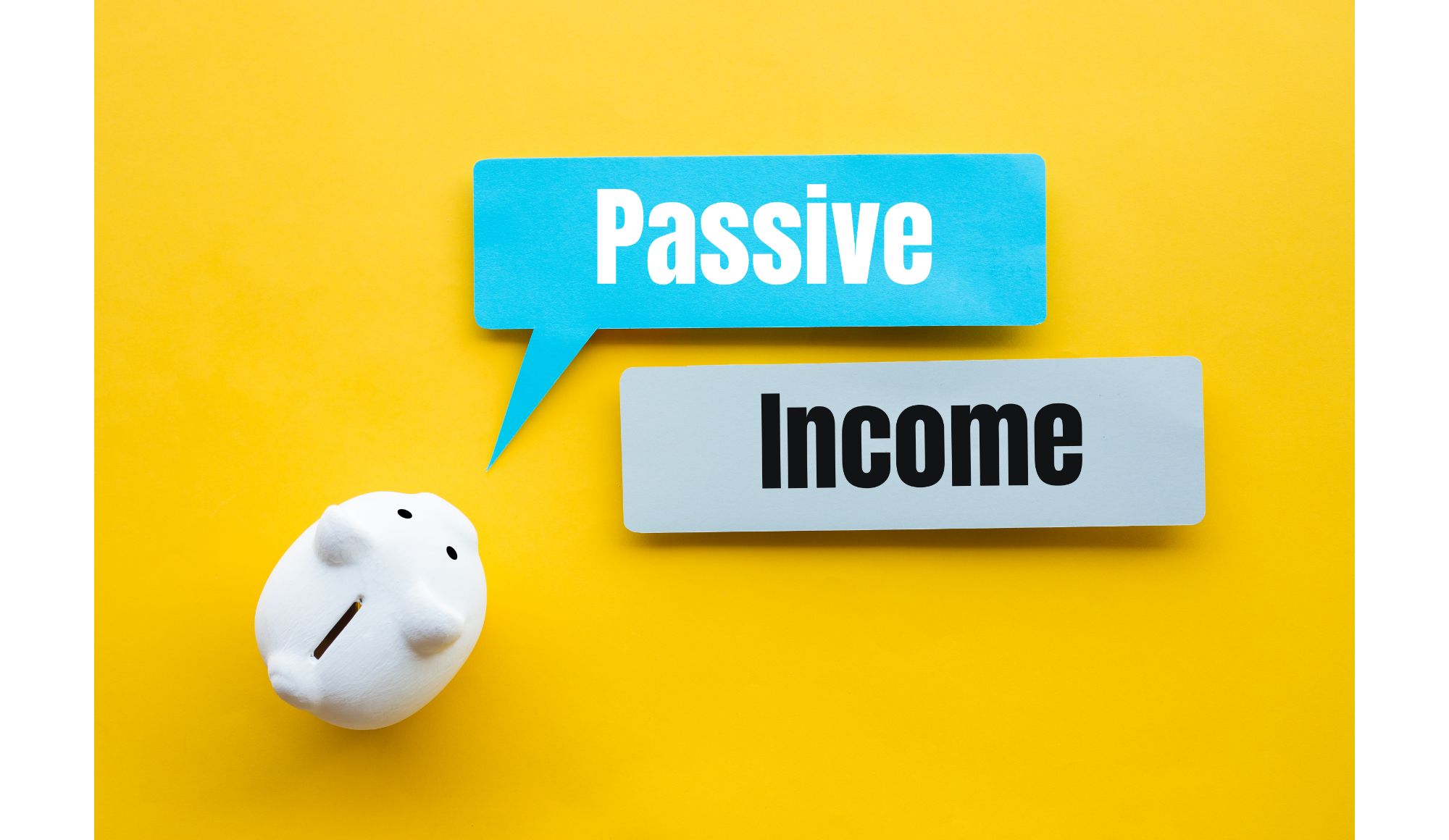Market Commentary: How To Earn $5,000 Per Year Forever
Imagine you wanted to earn passive income forever more, how would you go about picking stocks likely to pay a yield large enough that it will be lucrative but low enough to ensure it’s sustainable?
The latter part of the sentence is the key because it’s always possible to find companies that pay sky high yields, but usually something fundamentally wrong is taking place under the hood that ends up leading to the dividend being cut, and the share price plunges along with it.
With that challenge in mind, we identify a few key stocks that have the potential to reward shareholders over the long-term. To keep the experiment simple, we’ll stick with a target yield of around 5% or lower and assume the portfolio size is $100,000. With that capital base, passive income of near $5,000 annually should be possible. Or is it?
Key Points
- To earn passive income annually, select among dividend stocks that have a history of paying a steady yield.
- Avoid the temptation of buying stocks paying double-digit percentage yields because these often have major issues long-term.
- No matter which way the market goes, commit to the income strategy and view principal appreciation as a bonus.
3 Stocks Paying Solid Yields
To select the right stock, you want to make sure that it has a history of paying dividends without interruption. When economies stumble, the companies with brittle balance sheets tend to suffer the most, cut dividends, and hurt the people who rely on passive income the most, retirees.
So a good starting point might be an old Buffett favorite, Coca Cola that pays a 3.14% yield and has a 61 year streak of paying that dividend. That’s the type of investment investors can count on and so it could easily become the bedrock of the dividend portfolio. Coca Cola also has some other attributes in its favor, for example, a perfect Piotroski score of 9 and an impressive 15.6% return on invested capital.
Next up is BP, which pays a 4.95% yield, and trades at a low price-to-earnings ratio of just 3.9x. BP has a payout ratio of just 18%, suggesting the dividend is at no risk of being paused anytime soon. It’s also a company that seems undervalued by analysts estimates – they have a consensus price target 22.4% higher – as well as management, who have engaged in a share buyback to the tune of almost $10 billion over the past twelve months.
A further candidates is Verizon that pays a yield of 7.1% and also trades at a low PE ratio of just 7.6x. Like BP, analysts forecast some decent upside for VZ of close to 10% but a discounted cash flow analysis suggests closer to 15% is possible with fair value sitting at $43 per share.
Now It’s Time To Get Paid
A great portfolio will, in the words of Howard Marks, pay more attention to downside risk than upside returns. The performance will take care of itself if the risks are well-managed. In that same vein, a good dividend portfolio would have a composition of a lot of dividend-yielding stocks, but to keep things simple for now, imagine the $100,000 portfolio was split equally among these three stocks, yielding a blended average of around 5%.
Each year, going forward the income spun off from the portfolio would be close to $5,000, which is equivalent to a little over $400 per month, enough to cover perhaps a car payment or pay for groceries or utility bills. It’s not a get-rich quick scheme but rather a slow and steady approach to passive income that can be relied upon long into the future for steady income. The key to the whole strategy is when markets tumble and share prices fall to remain committed to the strategy of earning passive income, not worrying about principal appreciation, which if it happens is a bonus.



